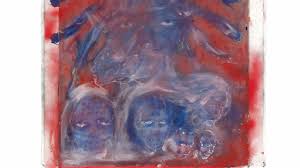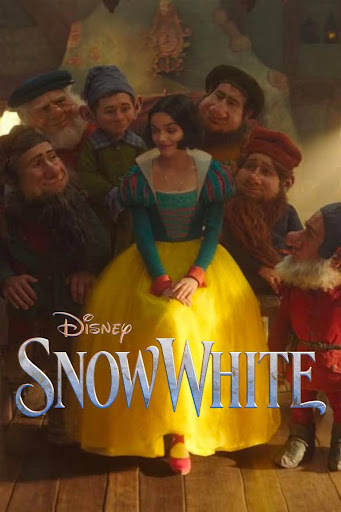The Boy in the Striped Pajamas falls short of high hopes
The Boy in the Striped Pajamas is a dark tale told through the eyes of a 9-year-old child. Written by John Boyne, it has sold more than 5 million copies worldwide, and has reached number two on the New York Times Bestseller list. With 13 awards and honors, this book has received very positive appraisal, and after hearing a recommendation from a friend, I decided to get the book myself.
With all of the glowing reviews from critics and the recognition that the book has received, I had high hopes. When I opened the book to its first page, I expected the words to engulf me into the story, to take me back to its era, and to change my view of the world.
To be honest, there are very few books that can achieve what I expected of this one, and it is my fault that I had such high hopes for it. But in all honesty, it did not live up to my expectations. Now, before you go grabbing your pitchforks and running up to my door, I have to say that this is not a bad book. In fact, it is very well written, and if I had the time I would read it again. I was a little disappointed about the beginning, which focused a lot more on how Bruno (the main character) liked his old house better than his new one, rather than going more deeply in detail of the concentration camp next door.
Throughout the beginning of the book, I greatly anticipated the moment where Bruno would finally meet the boy in the striped pajamas, because the first few pages were mostly about Bruno’s disapproval of his recent move. However, the story grew increasingly interesting as the book went on, providing a back-story as to what happened to the boy that Bruno meets, who was a prisoner of the concentration camp that Bruno’s father supervised.
Ultimately, the beginning of the book would be the sole part that I am not entirely fond of, but from the reviews that I have heard and read about this book, that may be just my personal preference. The Boy in the Striped Pajamas has received some criticism from Literary Review and The New York Times, but they are for reasons regarding the historical inaccuracy of some events that occurred in the book. The Boy In The Striped Pajamas has been thought of to have trivialized the views of Auschwitz and to have glossed over the events that had happened in the era, such as the Holocaust and concentration camps.
Although there are some inaccuracies in the book, particularly of how children were not held captive in the extermination camps at all, I believe that the message that John Boyne was trying to portray through this book was not of ill intent. Apart from friendship, this book does have a deeper meaning to the story. Once you begin to read in between the lines, the naivety of the narrator adds to the horror of the events, and as The Observer stated, “This book will not go gently into any good night.”





